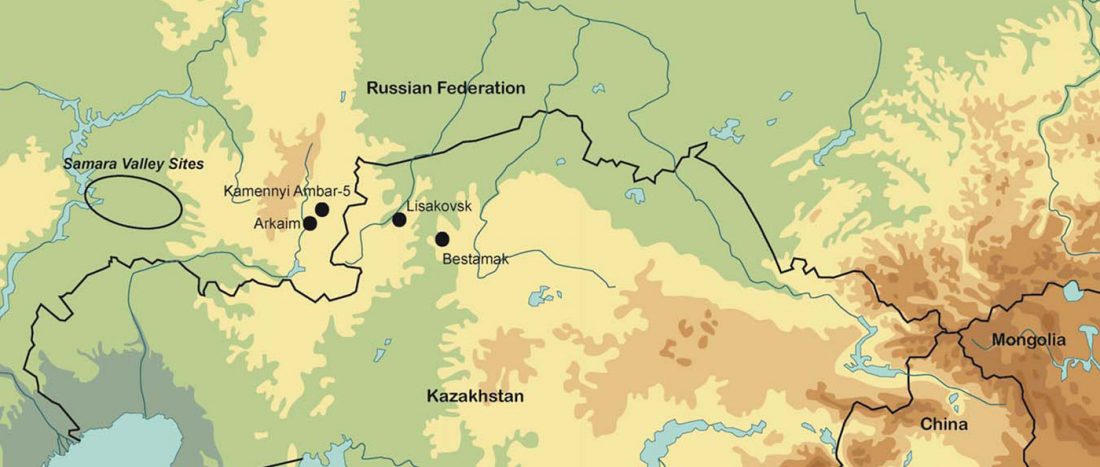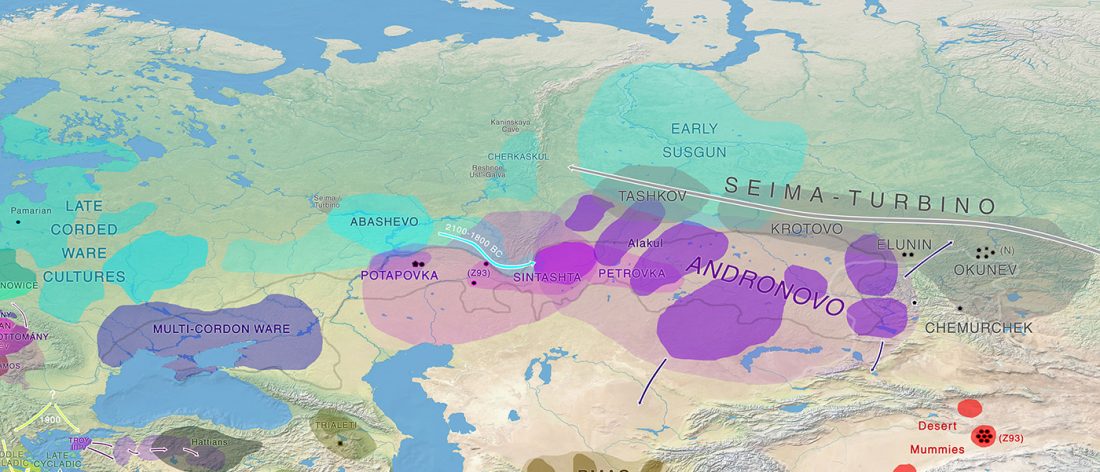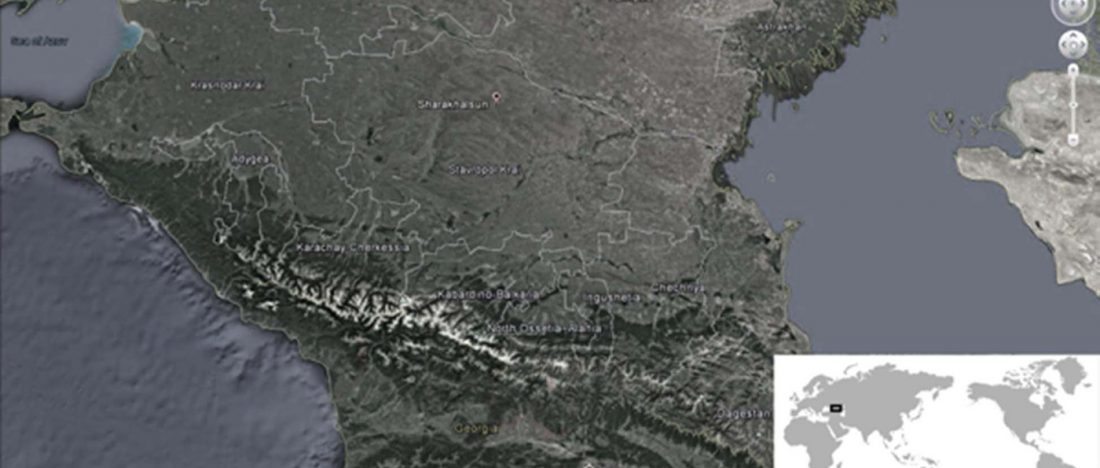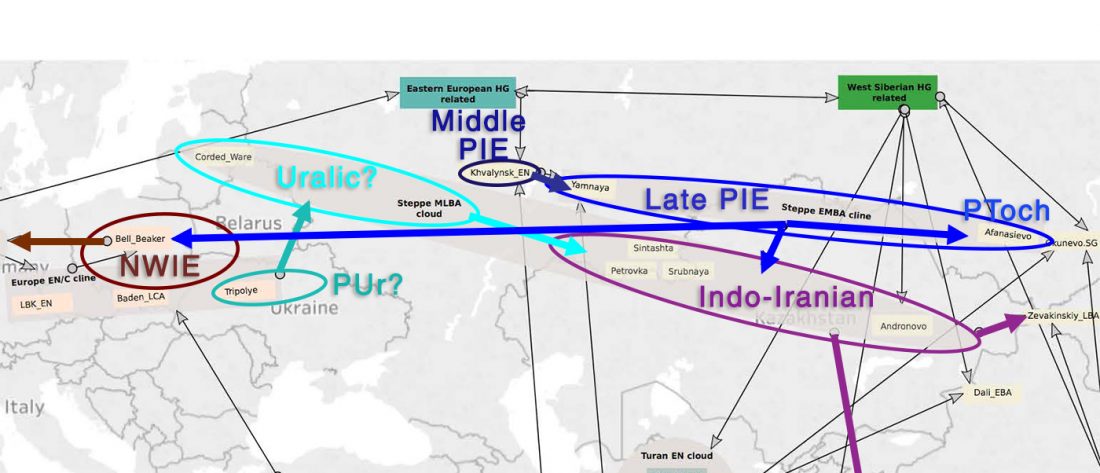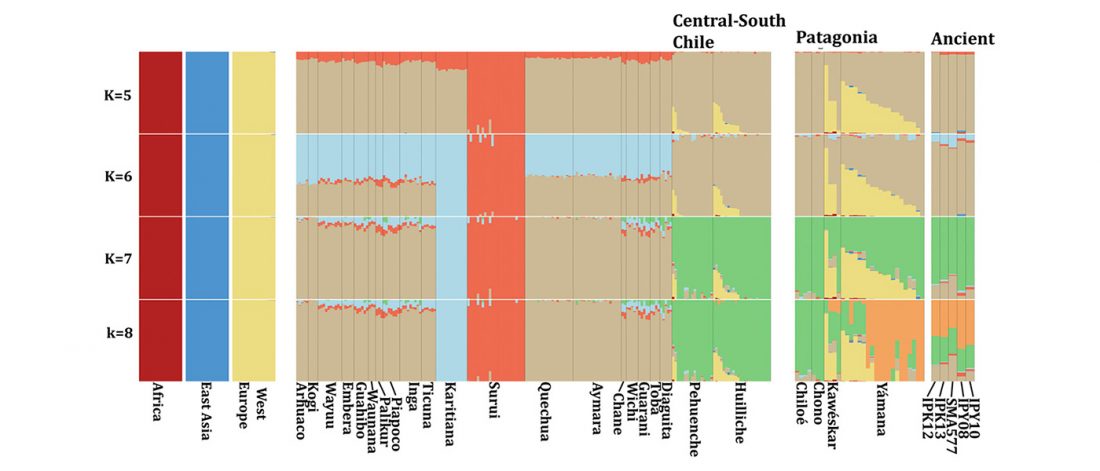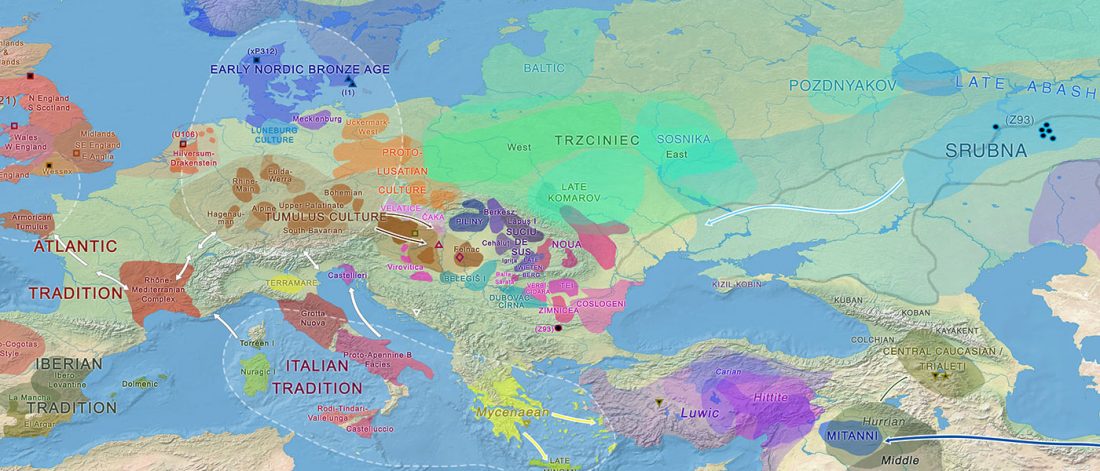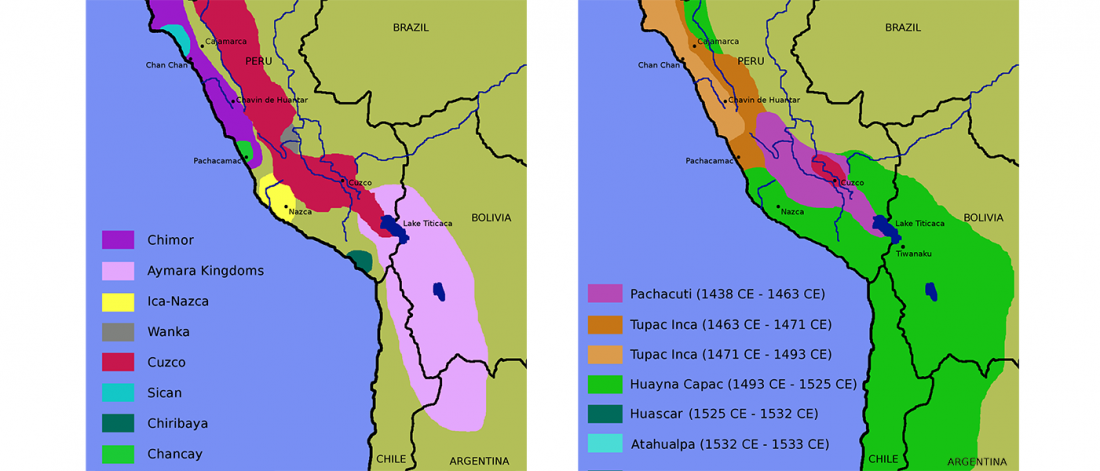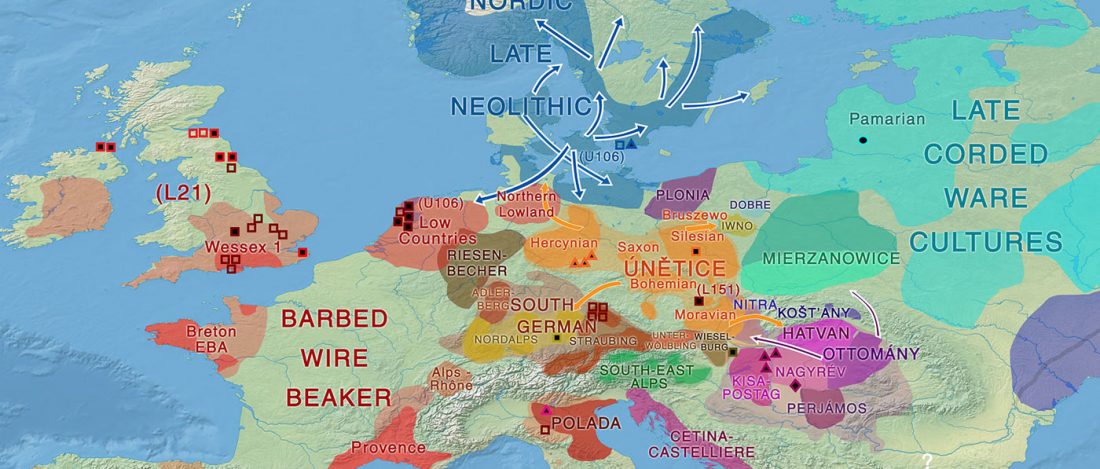Fast life history as adaptive regional response to less hospitable and unstable Early Indo-Iranian territory
Another interesting paper, Life in the fast lane: Settled pastoralism in the Central Eurasian Steppe during the Middle Bronze Age, by Judd et al. (2017).
Abstract (emphasis mine):
… Read the rest “Fast life history as adaptive regional response to less hospitable and unstable Early Indo-Iranian territory”We tested the hypothesis that the purported unstable climate in the South Urals region during the Middle Bronze Age (MBA) resulted in health instability and social stress as evidenced by skeletal response.The skeletal sample (n = 99) derived from Kamennyi Ambar 5 (KA-5), a MBA kurgan cemetery (2040-1730 cal. BCE, 2 sigma) associated with the Sintashta culture. Skeletal stress indicators assessed included cribra orbitalia, porotic hyperostosis, dental enamel hypoplasia, and tibia
